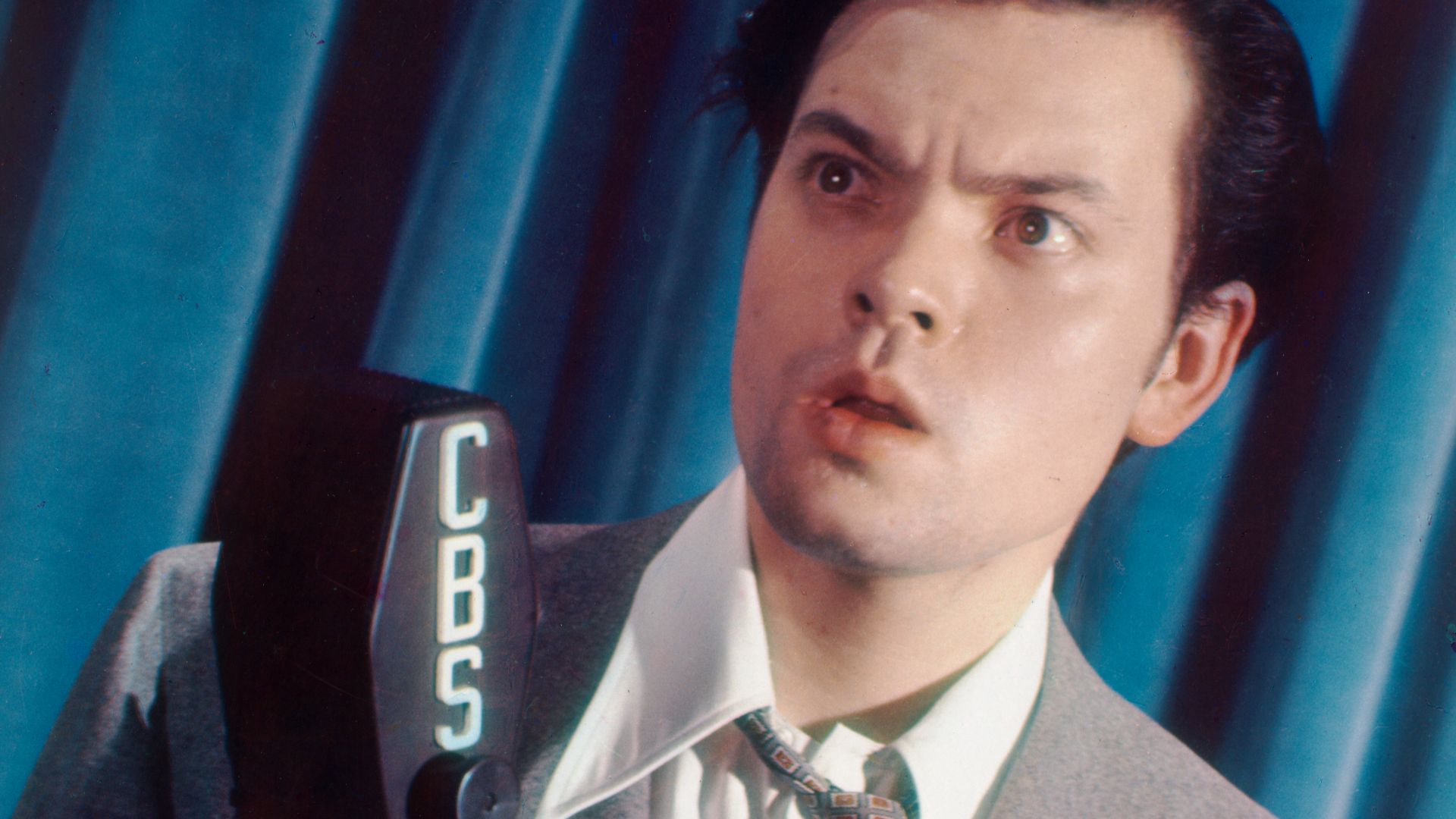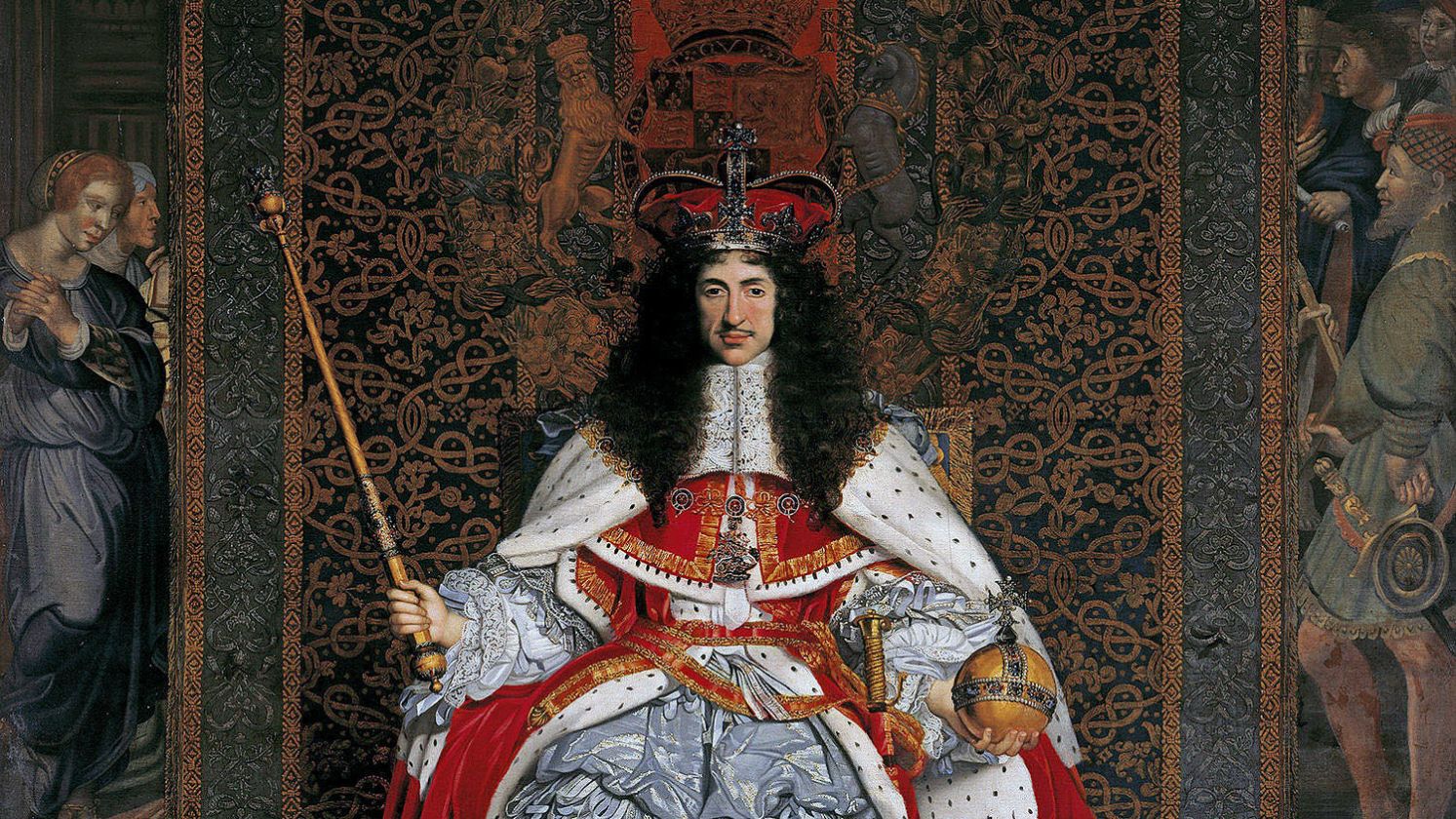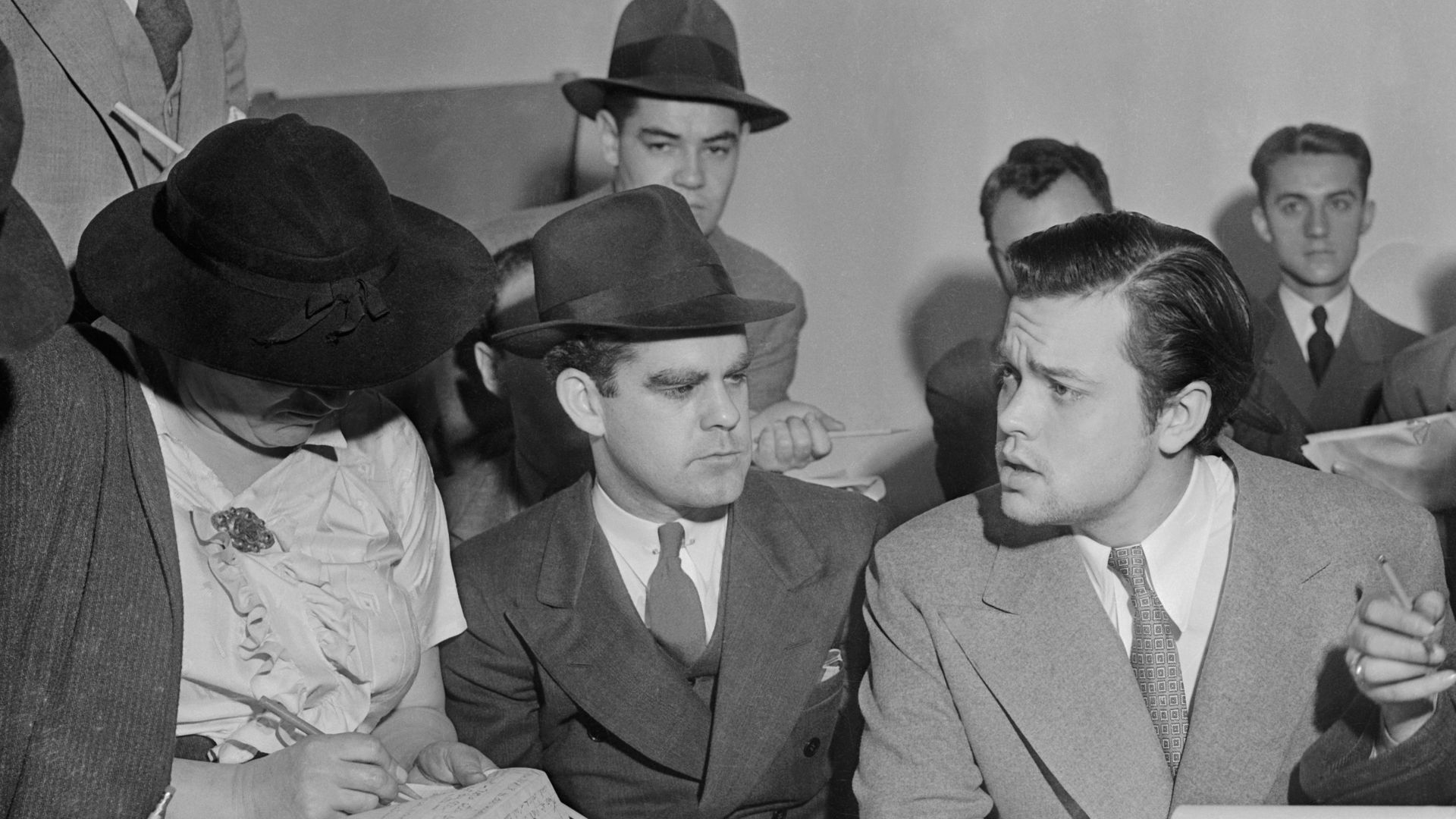It was the night before Halloween, October 30, 1938. Radios glowed in living rooms across America as families settled in for what they thought was another quiet Monday broadcast.
At 8 p.m. ET, CBS’s Mercury Theatre on the Air cut to news with a standard intro and disclaimer, then delivered a report that sounded terrifying. What many listeners didn’t realize was that the entire program was fiction—an adaptation of H. G. Wells’ The War of the Worlds, directed and narrated by 23-year-old Orson Welles.
It Was Fake News That Felt Real
The genius—or chaos—lay in the format. The show unfolded like live bulletins interrupting regular programming, complete with field reporters, static-filled transmissions, and frantic eyewitnesses. Some listeners who tuned in late missed the opening disclaimer and believed an invasion was genuinely underway. The tension of the times amplified the illusion—Europe was on the brink of war, and Americans were used to breaking news cutting into broadcasts.
For a few anxious minutes, fiction blurred with fact. Police stations and newspapers across the country received hundreds of calls. Some listeners packed cars or prayed together, convinced they were witnessing the world’s end over the airwaves.
 Harry Warnecke / Lee Jennings Elkins on Wikimedia
Harry Warnecke / Lee Jennings Elkins on Wikimedia
Panic…Or Press Running Wild?
In the hours after the show ended, newspapers ran headlines about mass hysteria and police overwhelmed by calls. Yet later studies suggest the panic was far more limited than initially portrayed. Some estimates claim only a small fraction of listeners believed the invasion was real.
Still, whether widespread or not, the incident became a defining moment in media history: people recognized that the line between news and spectacle could blur—and that they were vulnerable.
Were There Any Consequences?
After the broadcast, CBS and Orson Welles faced a storm of public outrage. The Federal Communications Commission (FCC) filed an inquiry but issued no formal punishment, concluding that no laws had been broken. Welles publicly apologized, claiming the fright was never intended, though many believed he secretly enjoyed the uproar.
Financially, no major harm was reported—though a few lawsuits were filed for “emotional distress” and quickly dismissed. Psychologists later noted that the event exposed the vulnerability of a public unused to distinguishing dramatization from news. Ironically, the scandal propelled Welles to stardom because just two years and 6 months later, he would direct Citizen Kane.
Why It Still Matters
The broadcast influenced how people thought about media, trust, and authority. It turned Welles into a household name and helped redefine radio as a dramatic art form—not just news and music.
From fake news to viral panic, the legacy of that one hour echoes to this day. The show remains in the Library of Congress’s National Recording Registry for its cultural, historical, and aesthetic significance. Now, whenever you hear about the power of media to sway belief or stir fear, you’re hearing the shadow of October 30, 1938.
KEEP ON READING

20 Brilliant Inventors Who Never Profited From Their Own Creations
Life Isn’t Always Fair. Some of the greatest inventions in…
By Farva Ivkovic Nov 4, 2025
How The First Kennedy Vs. Nixon Debate Changed How We…
On the night of September 26, 1960, America sat before…
By David Davidovic Nov 1, 2025
War Of The Worlds: How Orson Welles Scared A Nation
It was the night before Halloween, October 30, 1938. Radios…
By David Davidovic Nov 3, 2025
The British Abolished The Monarchy Before—So Why Did They Bring…
In 1649, the British monarchy ceased when Charles I was…
By Chase Wexler Nov 3, 2025
The Underrated Composer History Forgot About
Mather Brown on WikimediaToday, few people, even those who consider…
By Ashley Bast Nov 4, 2025
That One Time The BBC Scared The Entire Country
Bruna Araujo on UnsplashOn Halloween night, 1992, the BBC aired…
By Farva Ivkovic Nov 3, 2025

